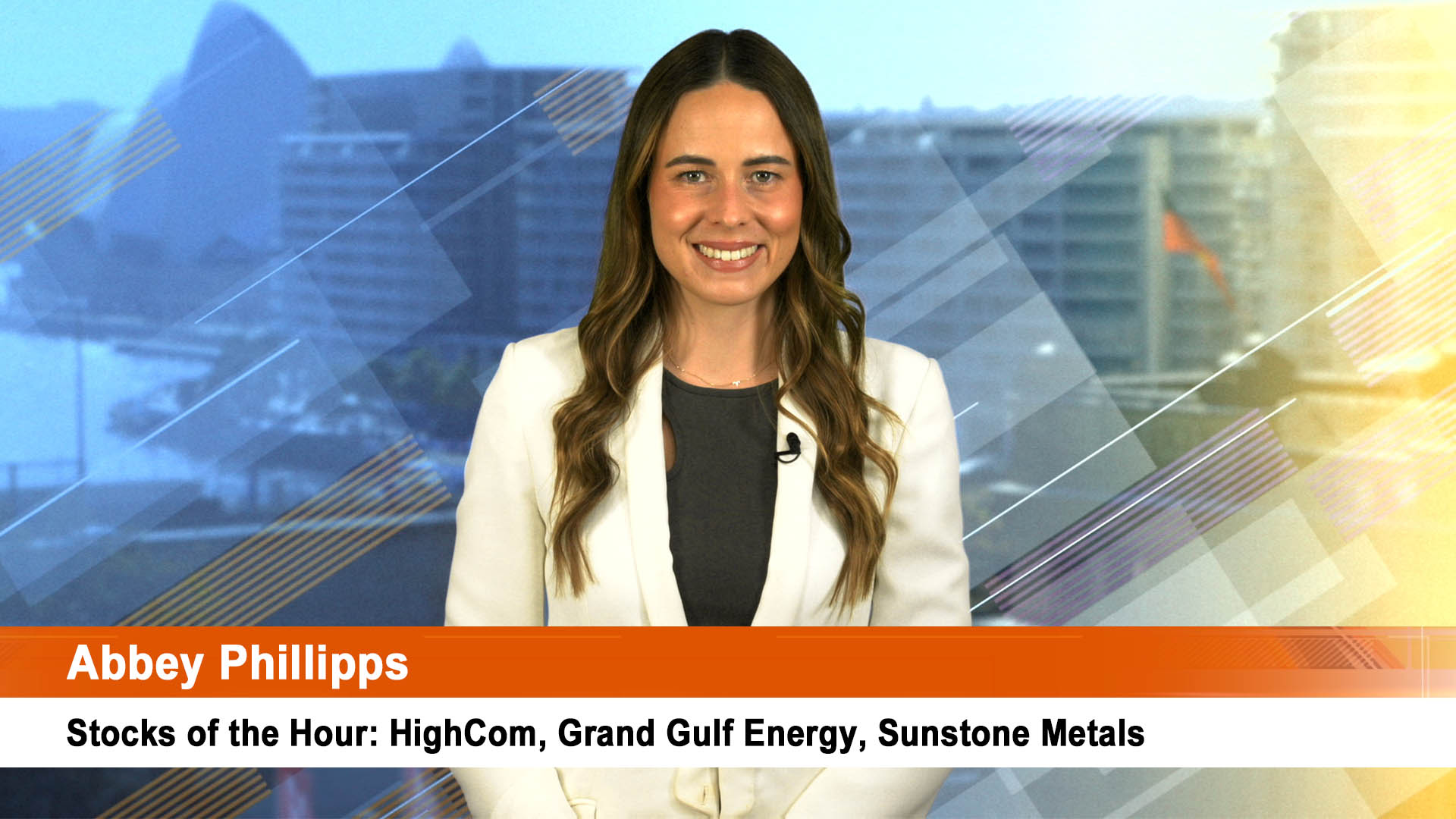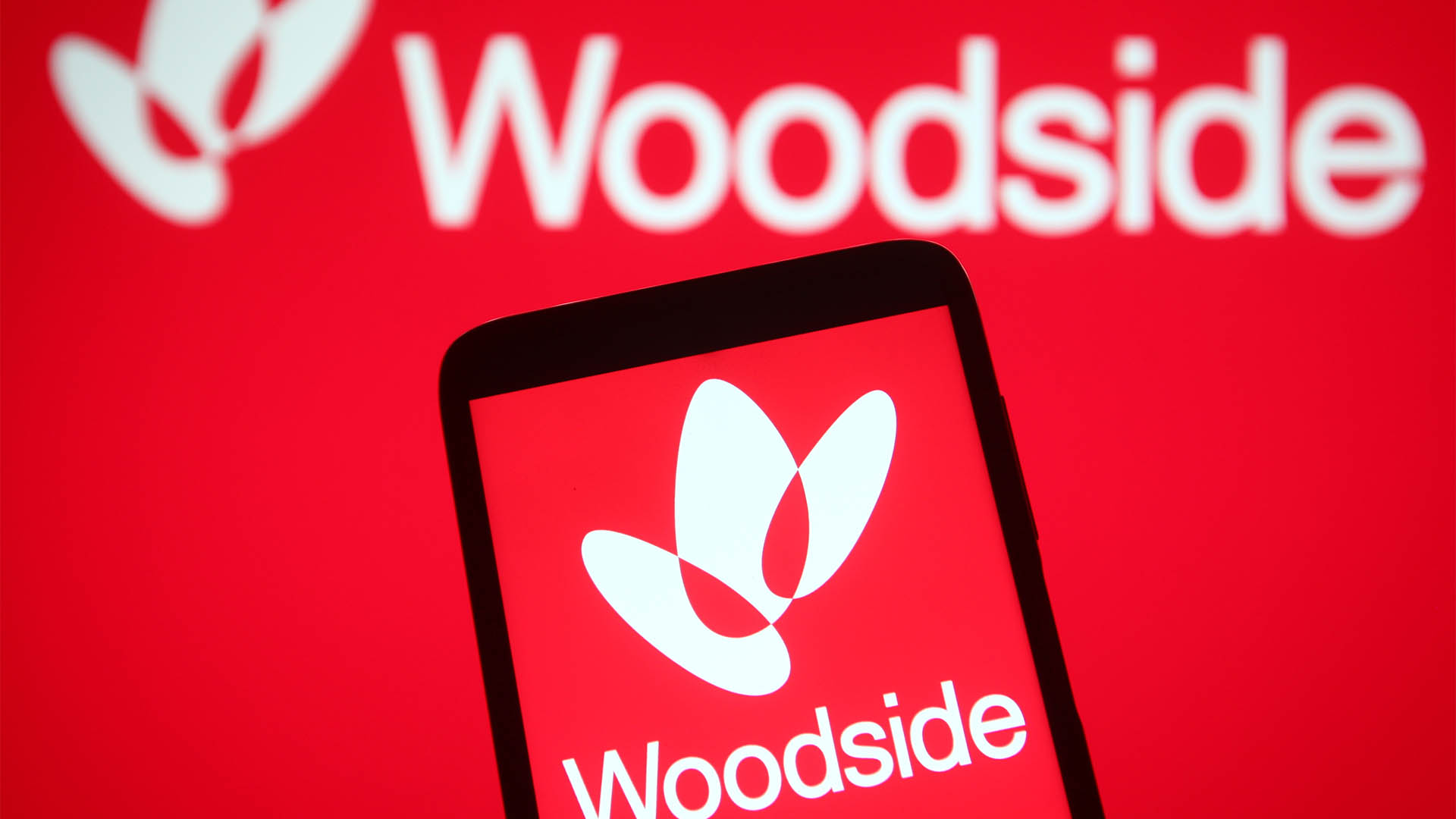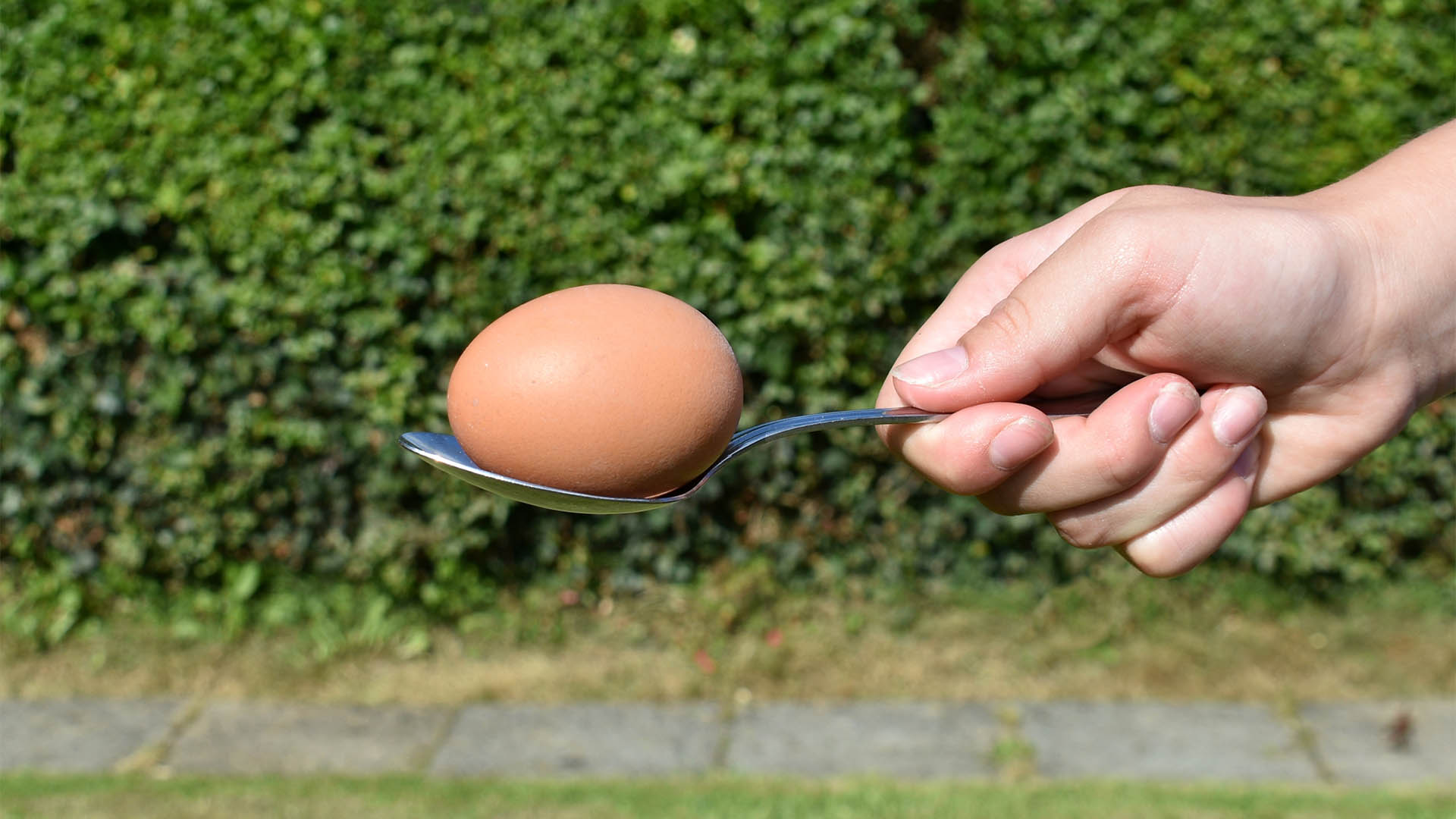Another solid report on business conditions and the economy from the National Australia Bank’s monthly survey, but business confidence eased a touch.
Business conditions again hit its highest level since before the GFC set in a decade ago this week, with most industries performing well, although retail remains a concern with conditions languishing in negative territory (neutral in trend terms).
And so far as The Reserve Bank’s monetary policy stance is concerned, there is nothing in the latest report from the NAB to force the bank to change its current thinking on the economy.
Indeed the banks positive comments on employment supports the RBA’s belief that the jobs market is improving, some faint signs of employer concerns about wage rises.
The business conditions index rose by 1 point in August to hit +15 index points, the highest level for the series since early 2008 and is significantly higher than the long run average level.
In contrast, business confidence took a hit, dropping back to slightly below the long-run average, although recent volatility suggests we should exercise caution when interpreting the result.
NAB’s Chief economist Alan Oster said in yesterday’s release that it is “probably too early to read much into the drop in confidence this month.
“While external shocks, such as the escalating tensions with North Korea, may have had some impact, we have actually asked for the first time in the Survey what firms see as being the most influential factors impacting confidence.
“For those indicating deterioration in confidence, the biggest concerns appear to be customer demand, government policy, as well as cost pressures – both energy and wages”.
The NAB said the survey most industries appear to be performing well, but retail remains a concern with retail conditions languishing in negative territory (neutral in trend terms).
“We will be watching this trend closely as household consumption is a notable point of difference between our relatively subdued growth outlook and the RBA’s more sanguine forecasts, and will be key to the economy’s sustained return to trend growth.” said Mr Oster. The major service industries meanwhile are still generally leading the way, although construction has stepped into the top position with support likely coming from infrastructure and residential construction activity.
The NAB said there are “ ew signs of inflation/wage pressures in the official data as yet, while relatively downbeat consumer confidence is still a point of concern (especially in light of poor retail conditions in the NAB survey).”
The most interesting aprt of the survey’s outcome was what the nAB said was “a notable jump in employment conditions for August (to near record highs)”, while trading and profitability eased back slightly, but remain at very high levels.
According to Mr Oster, “if employment conditions maintain these levels, that should see more than sufficient jobs creation to push the unemployment rate lower.”
"It remains to be seen how some of the longer-term challenges, many of which may be structural, will impact the labour market, but for now we are more confident that the unemployment rate will continue to improve. If so, hopefully we will also make some inroads into generating some wages growth for the economy.
"On that point, there was a lift in a number of inflation measures from the Survey this month, particularly for labour costs.” Meanwhile, the survey’s measure of capex improved in the month, despite a slight rise in spare capacity, while forward orders rose modestly.”
“The recent run of economic data has (for the most part) been upbeat, consistent with the strong results evident for some time in the NAB Business Survey,” Mr Oster said in yesterday’s statement.













